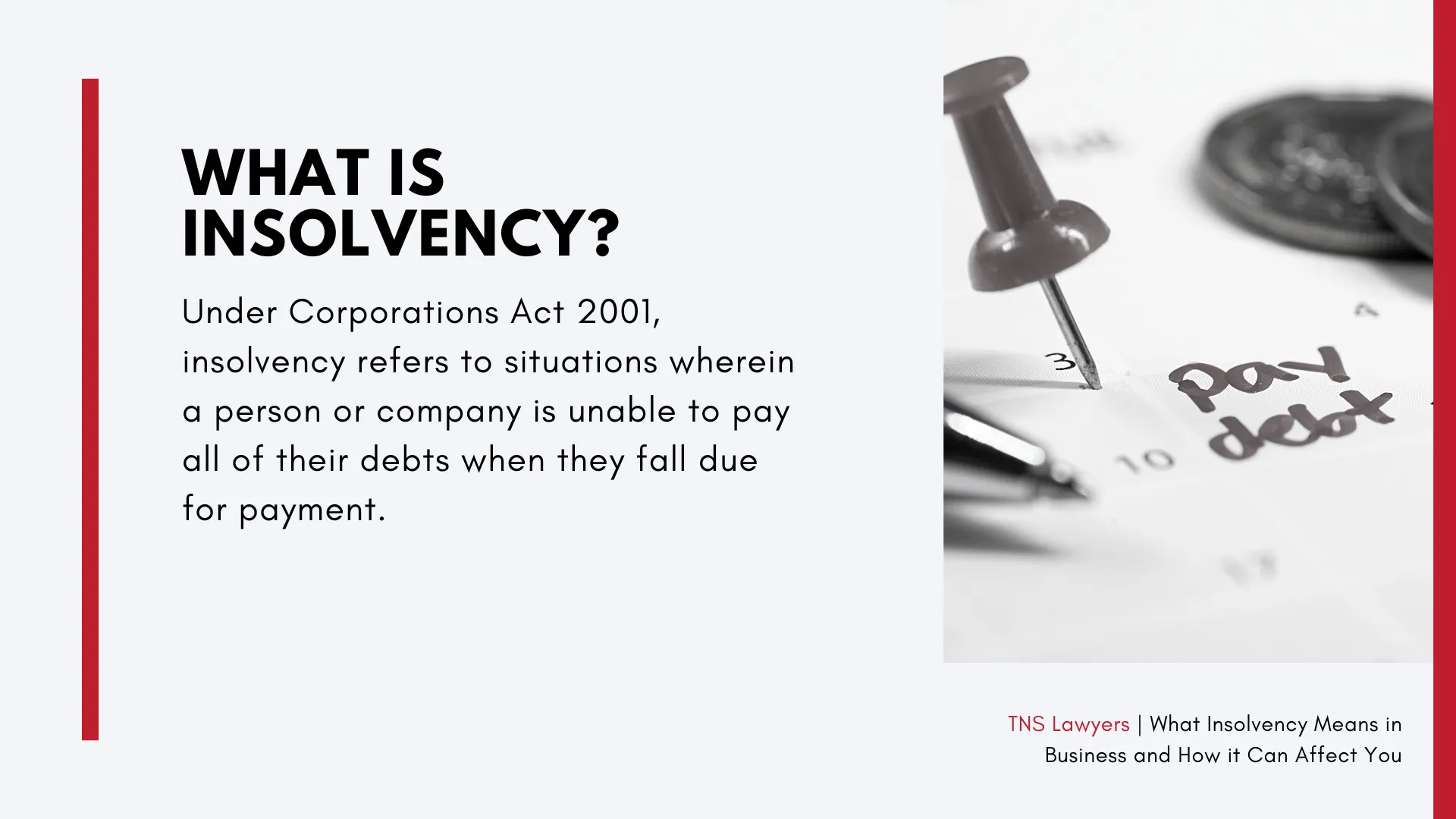Insolvency Practitioner Fundamentals Explained
Insolvency Practitioner Fundamentals Explained
Blog Article
Getting My Insolvency Practitioner To Work
Table of ContentsInsolvency Practitioner Can Be Fun For EveryoneRumored Buzz on Insolvency PractitionerAn Unbiased View of Insolvency PractitionerThe Of Insolvency PractitionerInsolvency Practitioner for Beginners10 Easy Facts About Insolvency Practitioner ExplainedInsolvency Practitioner Can Be Fun For Anyone
Insurance policy is monitored and controlled by state insurance divisions, and one of their key goals is securing insurance holders from the threat of a firm in monetary distress. When a firm enters a duration of economic trouble and is not able to satisfy its responsibilities, the insurance commissioner in the company's home state starts a processdictated by the legislations of the statewhereby efforts are made to assist the business regain its monetary footing.If it is figured out that the business can not be restored, the firm is proclaimed insolvent, and the commissioner will ask the state court to purchase the liquidation of the company. [Back] The insurance policy commissioner, either selected by the guv or elected, heads the state insurance policy division and monitors and controls insurance activity within the state.
[Back] By obtaining control of a business, the commissioner (or the insurance policy division) is, by regulation, the rehabilitator or liquidator of the company. In this capacity, the commissioner or department takes control of the company's procedures. Instead of do so directly, the commissioner may retain an unique deputy receiver to manage the company's tasks - Insolvency Practitioner.
Insolvency Practitioner Fundamentals Explained
The receiver looks after a bookkeeping of the firm's assets and liabilities and carries out the estate of the firm. In doing so, the receiver looks for to make the most of the company's assets, transfer them to money, and after that disperse that cash to lenders having legitimate insurance claims versus the insurance firm in accordance with payment concerns defined by state legislation (in all states, insurance holders are concern complaintants whose cases are paid prior to those of basic creditors).
All insurance provider (with restricted exceptions) certified to sell life or medical insurance or annuities in a state have to be members of that state's guaranty association. The warranty association cooperates with the commissioner and the receiver in pre-liquidation preparation. When the liquidation is ordered, the guaranty organization provides coverage to the business's insurance policy holders that are state citizens (up to the degrees defined by state lawssee below; any benefit amounts above the guaranty asociation advantage levels become claims versus the firm's remaining assets).
Some Ideas on Insolvency Practitioner You Should Know
The above coverage degrees use independently for each financially troubled insurance firm. When an insurance provider falls short and there is a shortfall of funds needed to satisfy the responsibilities to policyholders, state warranty associations are turned on. Warranty organizations have subrogation civil liberties to a proportional share of the properties staying in the stopped working insurer.
Second, insurance firms doing service in that state are assessed a share of the quantity called for to meet the portion of the warranty associations' covered cases not or else moneyed with estate possessions. The amount insurance providers are assessed is based on the amount of costs that they accumulate in that state. The National Company of Life and Wellness Insurance Policy Warranty Organizations (NOLHGA) is made up of the life and wellness insurance coverage warranty organizations of all 50 states and the District of Columbia.
NOLHGA develops a job force of depictive guaranty associations to work with the insurance policy commissioner to create a strategy to secure insurance holders. For more details on NOLHGA's duty while doing so, see "What Is NOLHGA?" and "The Safety And Security Internet at the office." [Back]
Unknown Facts About Insolvency Practitioner

Predictive security by helping you select the appropriate consumers and the appropriate markets to prevent negative financial debt to begin with, many thanks to acute financial evaluation. Extensive market knowledge, offering you with 360-degree exposure on business fields and putting at risk troubles. It would be a simplification to assume a trade credit score insurance policy starts and finishes with costs and pay-outs.

How Insolvency Practitioner can Save You Time, Stress, and Money.
Why does a firm get in right into insolvency? There are a number of factors why a firm might enter right into bankruptcy.
Various other factors for bankruptcy consist of fraud, mismanagement, and unexpected costs. When a business Continue ends up being insolvent, its possessions are used to settle its financial obligations. This can have a significant effect on the business, as it might no more have the ability to proceed running. Insolvency can also result in work losses and the closure of organizations.
Insolvency Practitioner Can Be Fun For Everyone
This can have severe effects for the business, its stakeholders, financial institutions and the economic climate. The firm may be required to market assets, lay off personnel or also fold. This can have a ripple effect on the local community and the economic situation as a whole. Creditors may be neglected of pocket and the business's shareholders might see their financial investment disappear.
This can occur for a number of factors, consisting of bad economic administration, unforeseen prices, or a modification in the marketplace. If a company is bankrupt, it may be compelled to close down or sell assets to pay creditors. This can have a major influence on business, staff members, and investors.
Why does a firm enter right into insolvency? There are a check my source number of factors why a firm might get in into bankruptcy.
The Basic Principles Of Insolvency Practitioner
Various other factors for insolvency consist of fraudulence, mismanagement, and unforeseen expenses. When a company comes to be financially troubled, its assets are utilized to pay off its financial obligations - Insolvency Practitioner. This can have a major influence on the service, as it may no more be able to proceed running. Insolvency can likewise bring about task losses and the closure of companies.
The business may be forced to offer assets, lay off team or also close down. Creditors might be left out of pocket and the business's shareholders might see their investment disappear.
Report this page